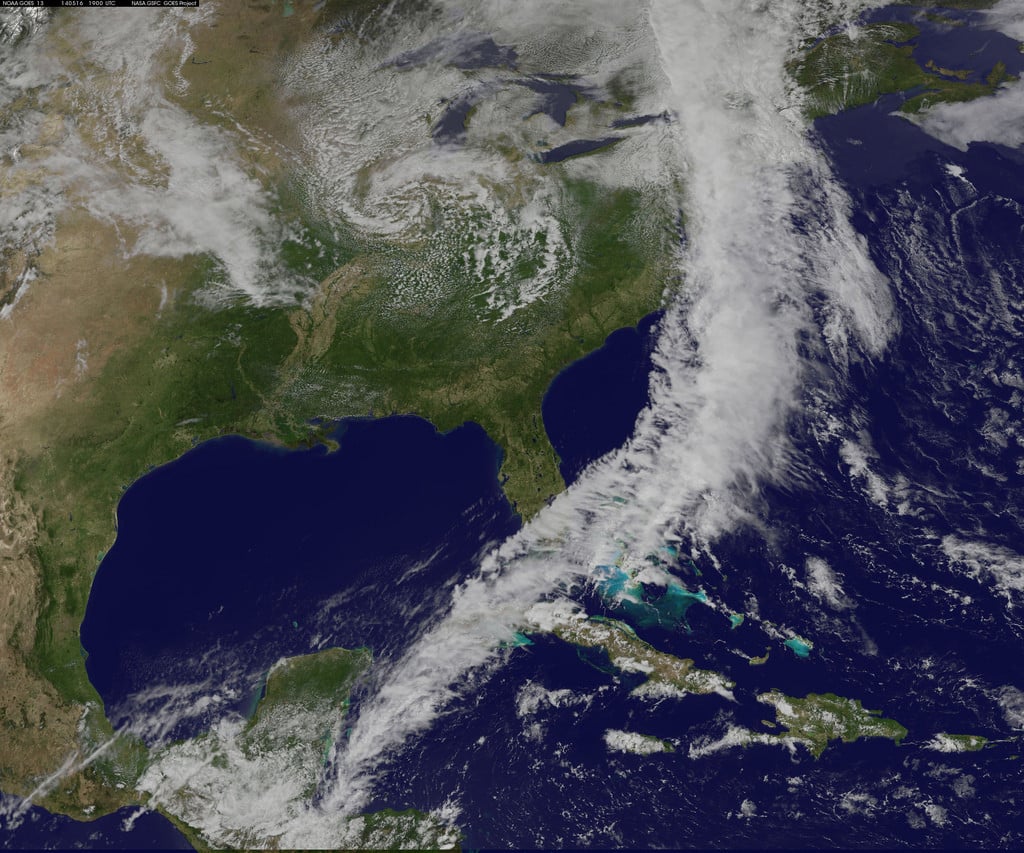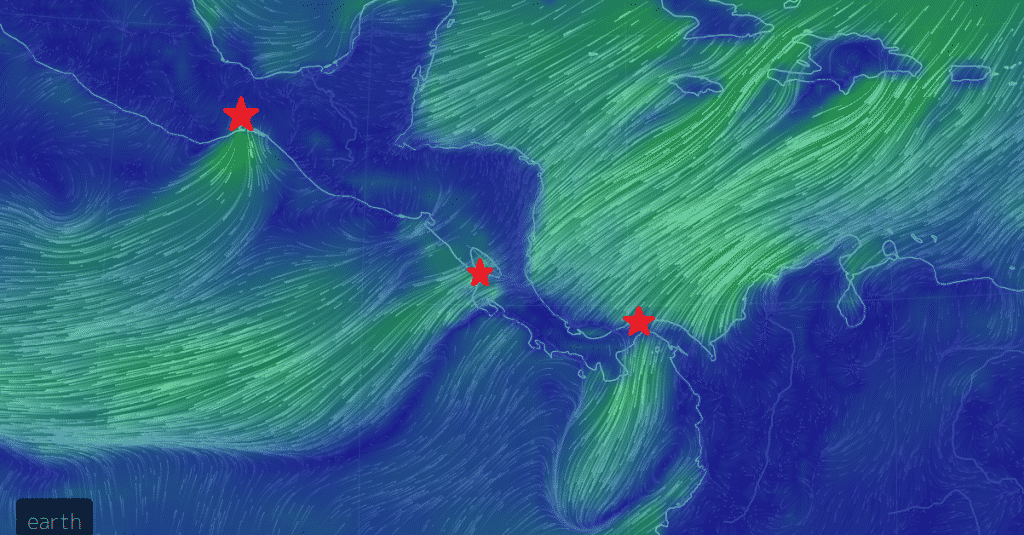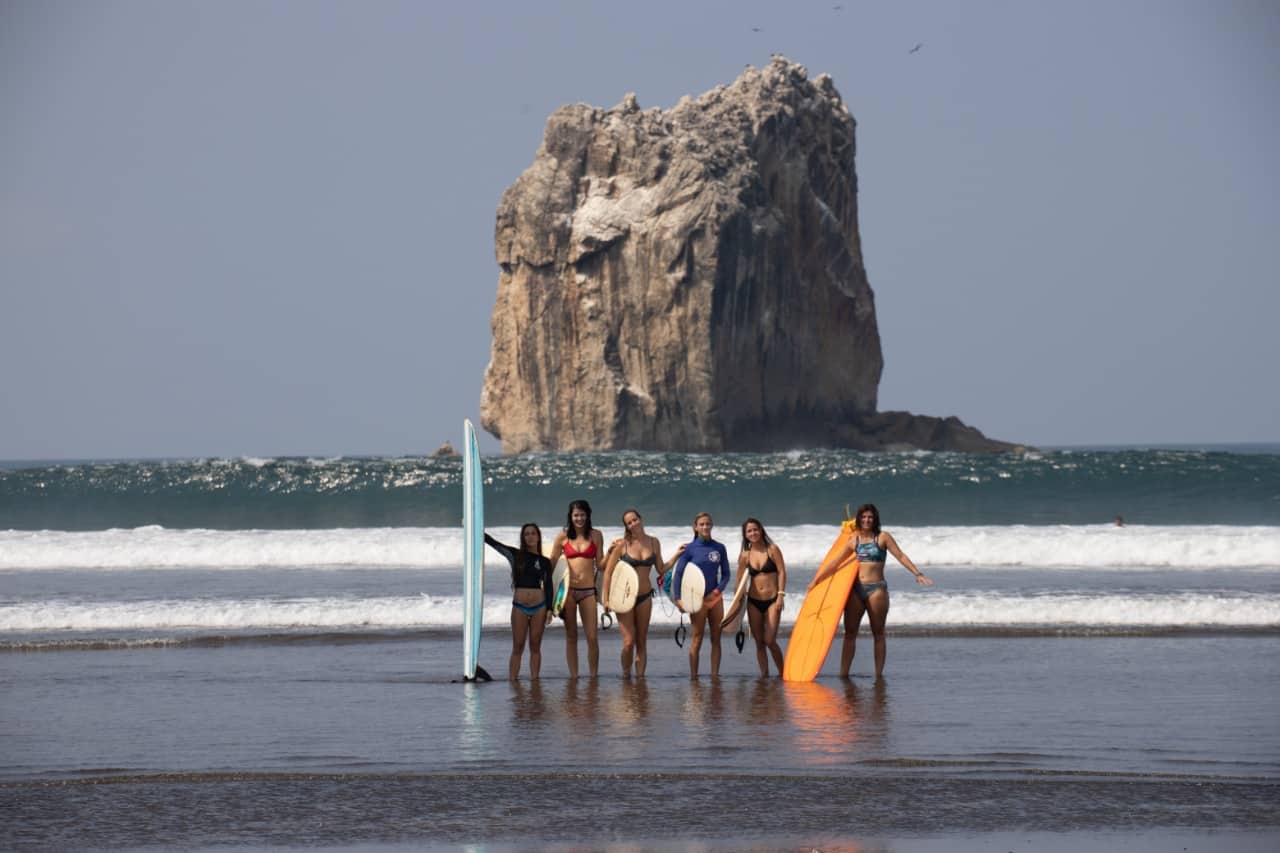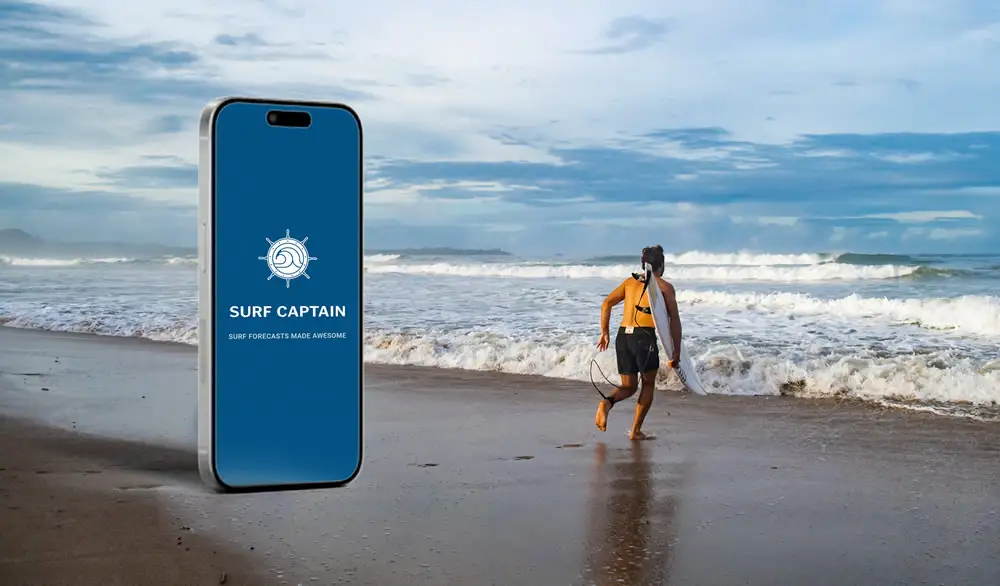As I sit here writing this article sometime in mid January, powerful gusts of wind rattle the windows of my apartment, and the sound of falling branches on the roof above my head gives me a quick jolt every 10 minutes or so. Must be summer-time in Guanacaste. And of course, I wish I was surfing…
The winds that sweep across the country between November and April in Northern Guanacaste are known as the Papagayo winds and can be quite impressive some days. Wind speeds have been recorded as high as 70 mph which is just shy of hurricane strength. As most surfers know, these winds can be the ultimate blessing when there is swell in the water. The Papagayos blow across the country from East > West which are known as Offshore winds on the Pacific Coast. In the surfing world, there are only two wind directions that really matter:Offshore and Onshore. Just as the name suggests, offshore winds are those that blow off the shore. These winds act like a fine-tooth comb grooming the oncoming waves, holding the wave up longer producing perfectly peeling tubes! Onshore winds are just the opposite. They blow from the ocean on to the shore and are not ideal for surfing. Blowing in the same direction of the waves, onshore winds will cause a wave to prematurely break while inhibiting the wave’s ability to barrel.
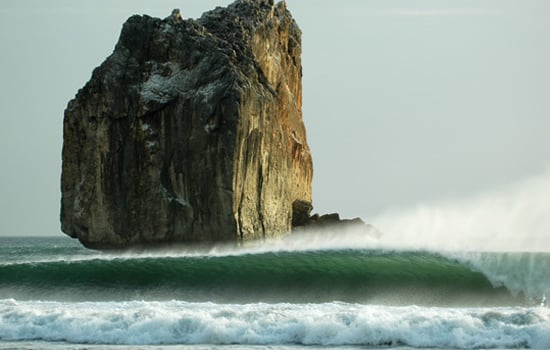
But what causes these impressive winds? Why some days does the wind turn onshore at 9am, and other days the wind will howl offshore from sunup to sundown. To answer this question, we must remember that wind is nothing more than areas of high pressure flowing into areas of low pressure. Just as a river flows from high elevations to lower elevations, the air in the high-pressure system will “flow” downhill toward lower pressures.
Believe it or not, the Papagayo winds are a result of what is happening to our neighbors in the United States. During the Winter months in the Northern Hemisphere, cold fronts (high pressure) carrying frigid Canadian air will drop across the USA moving out the warm air (low pressure). The line of clouds in the image below represents the leading edge of the cold front.
As the cold front (high pressure) dips over the Gulf of Mexico and the Caribbean, it looks for the easiest escape path towards the lower pressure over the Pacific. There are a few point along Mexico and Central America where the high pressure can escape. These 3 points include the Chivela Pass in Mexico, Lake Nicaragua in southern Nicaragua, and the Gaillard Cut in Panama where the Panama Canal is located. These 3 points are shown on the map below.
It was just yesterday when my mom called me from Virginia Beach saying that Winter Storm Helena had dumped about a half-foot of snow in the area. Helena originated as a strong cold front that intensified along the East Coast and left some pretty significant amounts of snow. So what have we learned from this? Basically, the next time you see our neighbors to the North preparing for the next arctic blast, you can start planning your next all-day offshore surf day.
Thanks for reading!
See you out in the water!
Ryan Waldron


